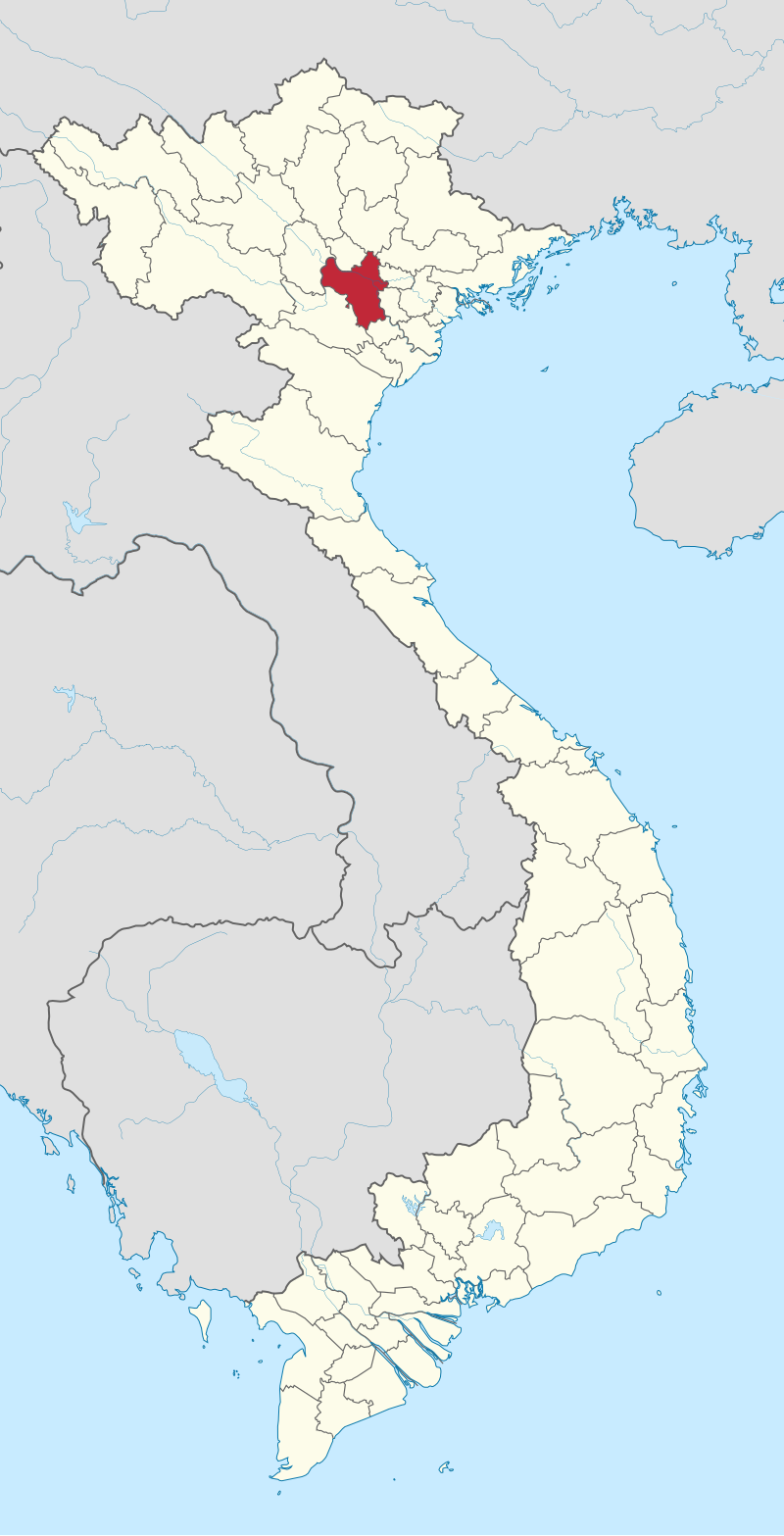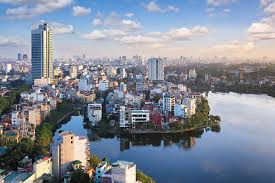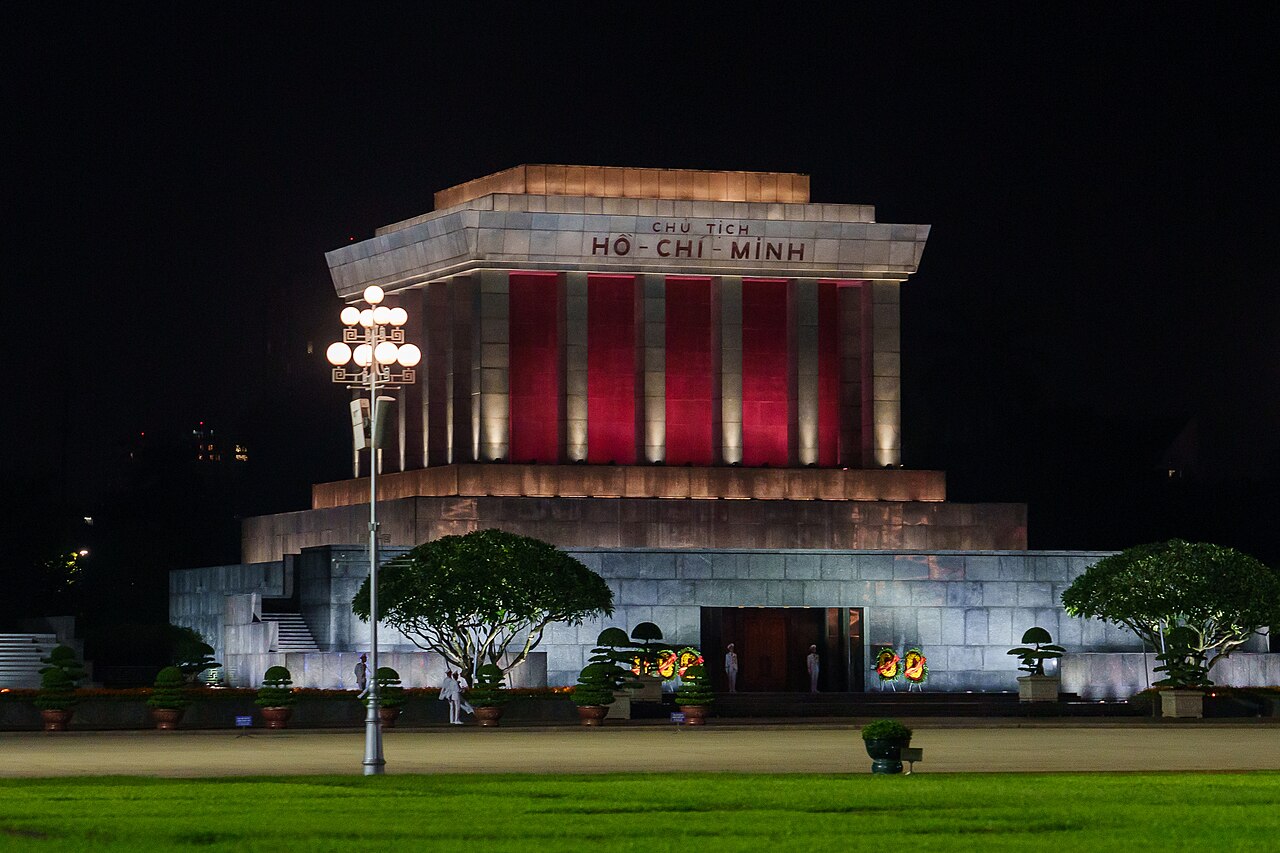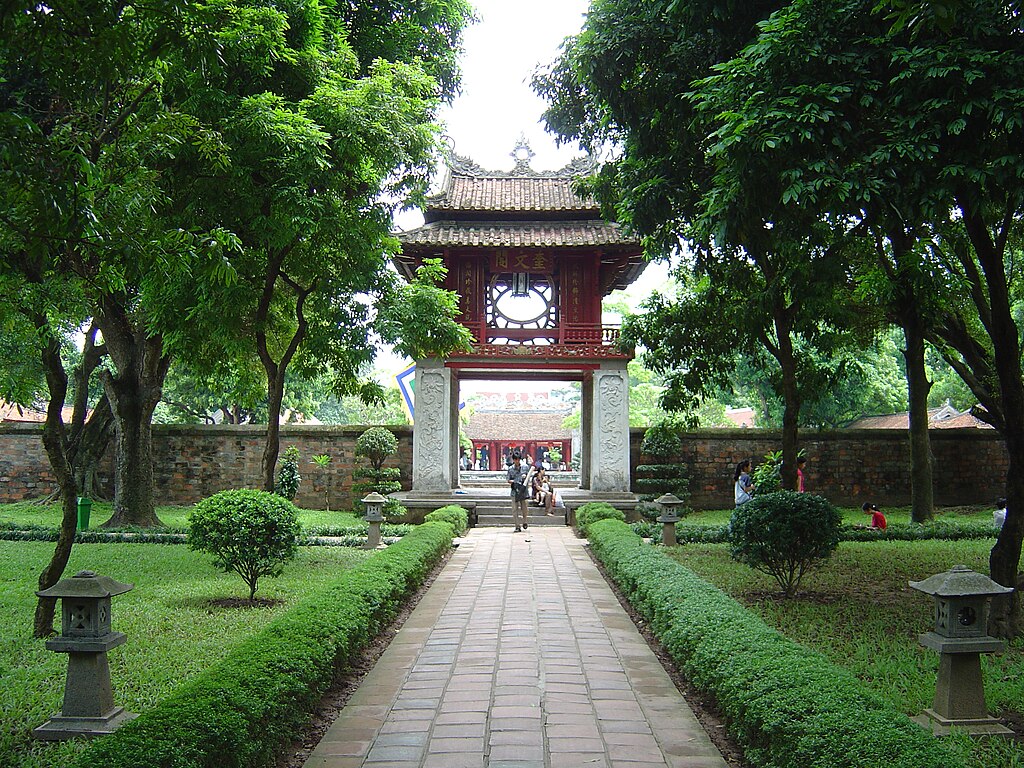About Hanoi, Vietnam
 Hanoi (Vietnamese: Hà Nội) is the capital and second-most populous city of Vietnam. The name "Hanoi" translates to "inside the river" (Hanoi is bordered by the Red and Black Rivers). As a municipality, Hanoi consists of 12 urban districts, 17 rural districts, and one district-level town. The city encompasses an area of 3,359.84 km2 (1,297.24 sq mi) and as of 2023, a population of 8,587,100. Hanoi had the second-highest gross regional domestic product of all Vietnamese provinces and municipalities at US$51.4 billion in 2022, behind Ho Chi Minh City.
Hanoi (Vietnamese: Hà Nội) is the capital and second-most populous city of Vietnam. The name "Hanoi" translates to "inside the river" (Hanoi is bordered by the Red and Black Rivers). As a municipality, Hanoi consists of 12 urban districts, 17 rural districts, and one district-level town. The city encompasses an area of 3,359.84 km2 (1,297.24 sq mi) and as of 2023, a population of 8,587,100. Hanoi had the second-highest gross regional domestic product of all Vietnamese provinces and municipalities at US$51.4 billion in 2022, behind Ho Chi Minh City.
Hanoi is the cultural, economic and education center of Northern Vietnam. As the country's capital, it hosts 78 foreign embassies, the headquarters of People's Army of Vietnam, its own Vietnam National University system, and many other governmental organizations. Hanoi is also a major tourist destination, with 18.7 million domestic and international visitors in 2022.
 The city hosts the Imperial Citadel of Thăng Long, Ho Chi Minh Mausoleum, Hoàn Kiếm Lake, West Lake, and Ba Vì National Park near the outskirts of the municipality. Hanoi's urban area has a wide range of architectural styles, including French colonial architecture, brutalist apartments typical of socialist nations, and disorganized alleys and tube houses stemming from the city's rapid growth in the 20th century.
The city hosts the Imperial Citadel of Thăng Long, Ho Chi Minh Mausoleum, Hoàn Kiếm Lake, West Lake, and Ba Vì National Park near the outskirts of the municipality. Hanoi's urban area has a wide range of architectural styles, including French colonial architecture, brutalist apartments typical of socialist nations, and disorganized alleys and tube houses stemming from the city's rapid growth in the 20th century.

https://en.wikipedia.org/wiki/Hanoi

